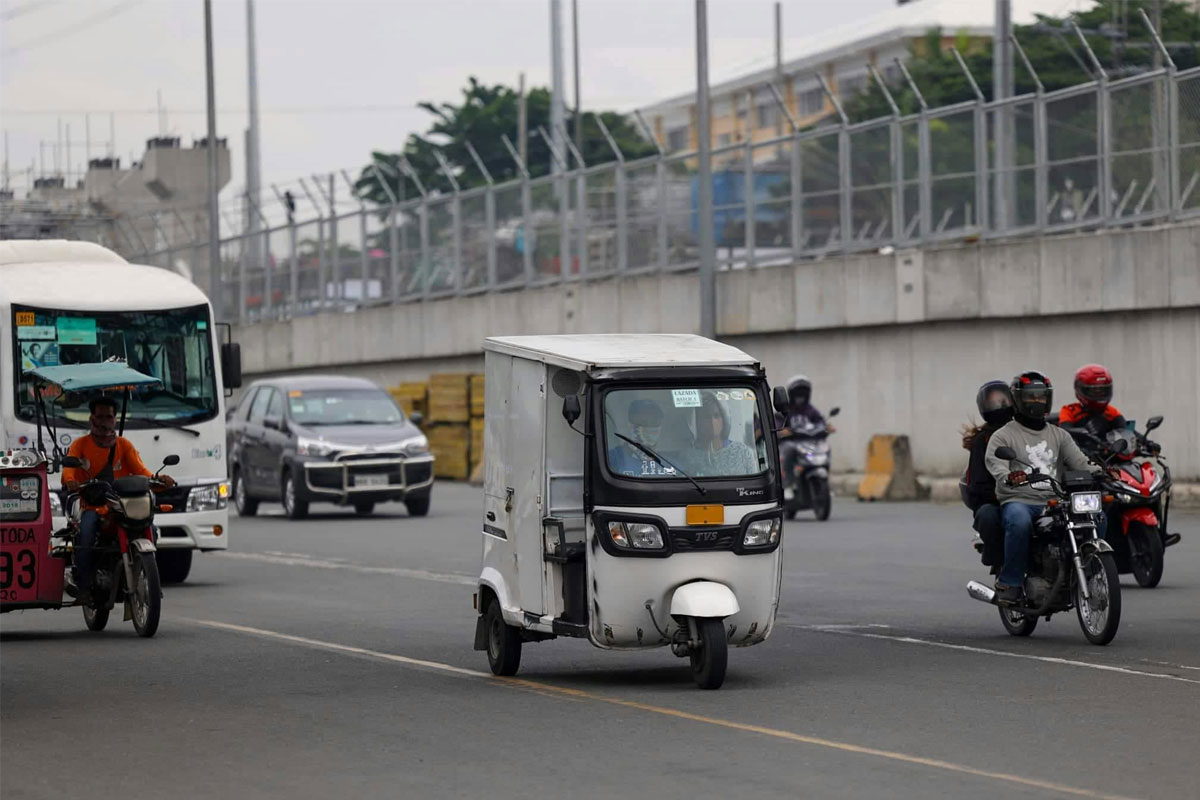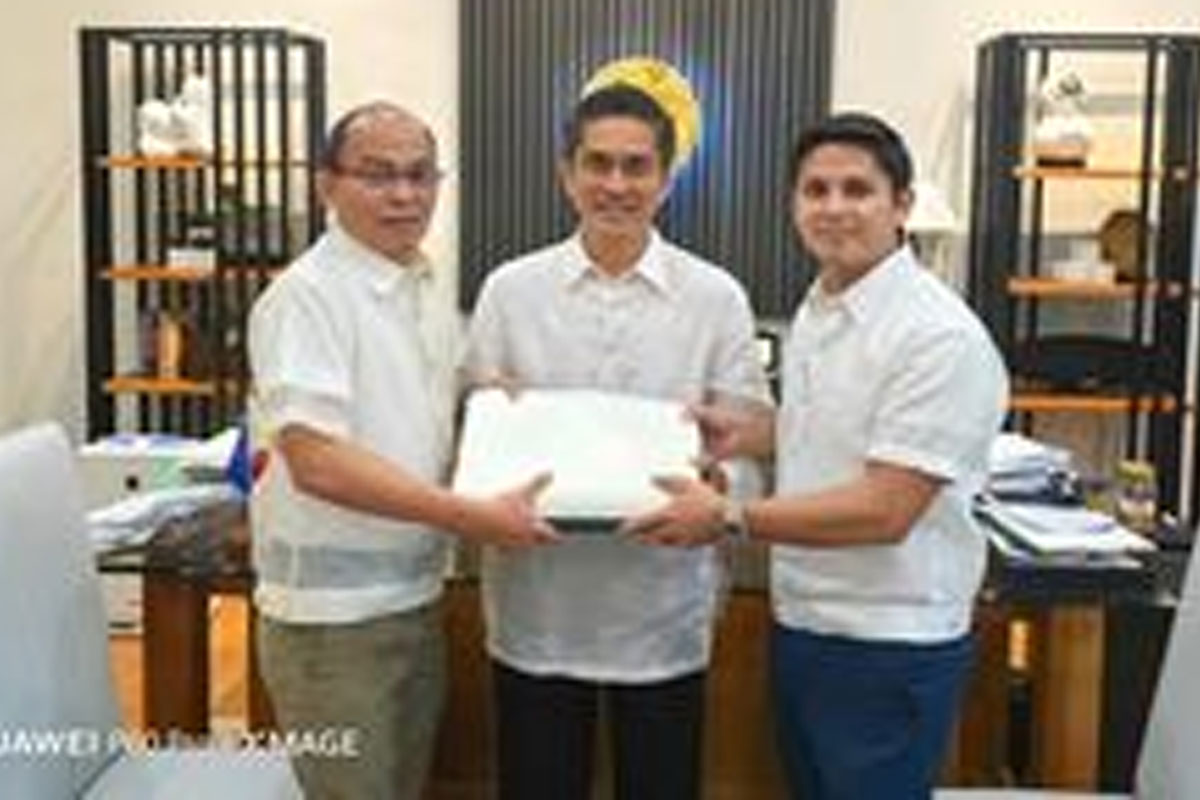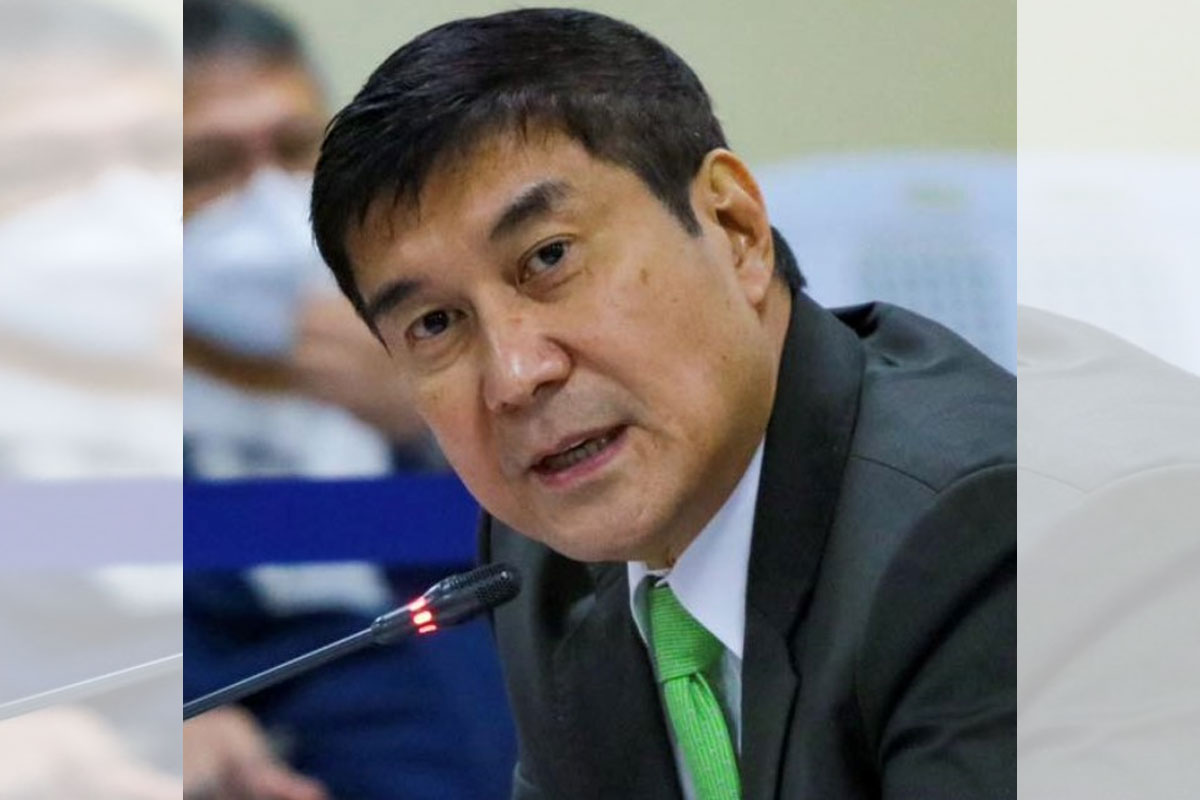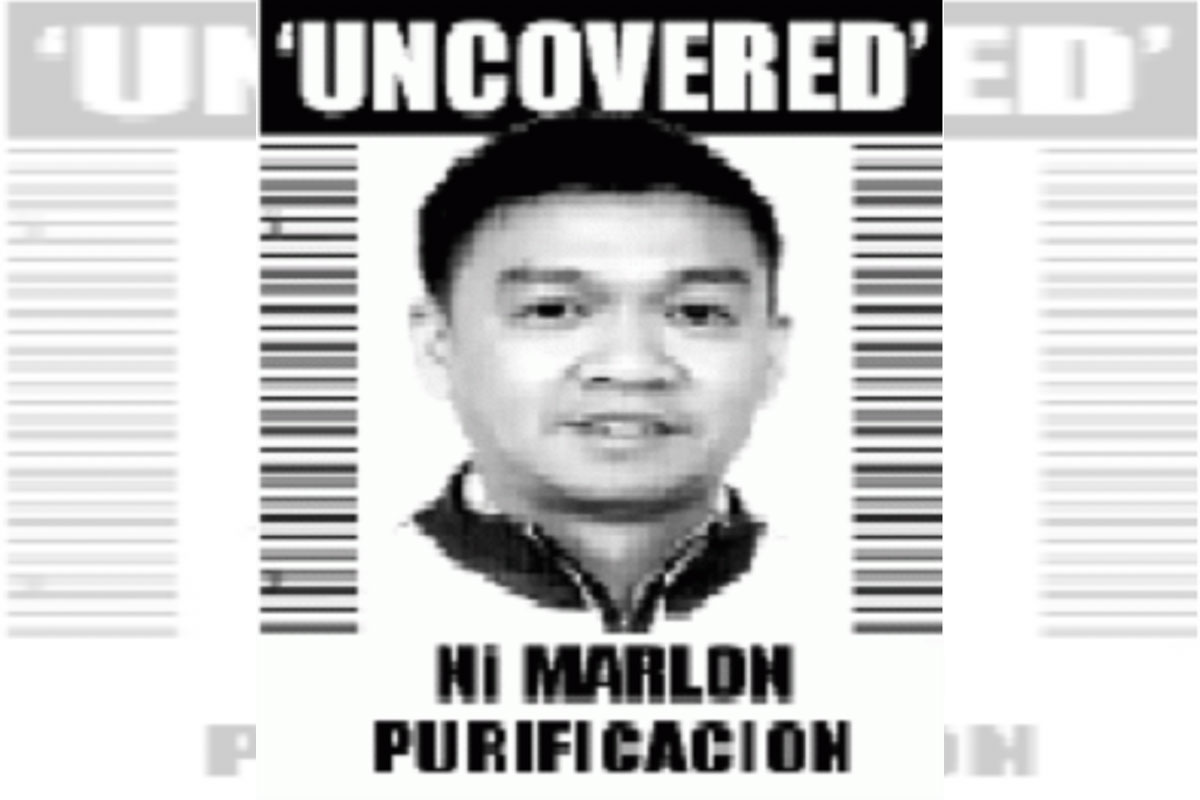
The need for an expanded manual audit of votes
 After Commission on Elections (Comelec) Commissioner George Garcia reported that around 1,800 Vote Counting Machines malfunctioned with issues on: Paper jam – 940 VCMs; Rejected ballots – 606 VCMs; VCM scanner – 158 VCMs; VCM printer not printing – 87 VCMs; and Not printing properly – 76 VCMs; the call to reevaluate our current automated election system has again resurfaced. This is notwithstanding the fact that Senate President Vicente Sotto last July 3, 2019 already introduced a “Act providing for the conduct of the hybrid national, local and ARMM elections, through manual voting and counting at the precinct level, and automated transmission and canvassing, and for other purposes.”
After Commission on Elections (Comelec) Commissioner George Garcia reported that around 1,800 Vote Counting Machines malfunctioned with issues on: Paper jam – 940 VCMs; Rejected ballots – 606 VCMs; VCM scanner – 158 VCMs; VCM printer not printing – 87 VCMs; and Not printing properly – 76 VCMs; the call to reevaluate our current automated election system has again resurfaced. This is notwithstanding the fact that Senate President Vicente Sotto last July 3, 2019 already introduced a “Act providing for the conduct of the hybrid national, local and ARMM elections, through manual voting and counting at the precinct level, and automated transmission and canvassing, and for other purposes.”
In a Hybrid Election System the manual voting and counting system at the precinct level should be performed in public; that is, the voter still manually enters his/her votes on ballot paper and that counting be publicly seen by the Board of Election inspectors (BEIs) and watchers represented by different groups in the precinct. The manner of counting is still being deliberated, whether it be computer-aided or pure manual. After the counting, the election return (ER) would be computer-generated before it is electronically transmitted for consolidation and canvassing at the municipal level.
If the underlying issue in this shift in our Election System is the lost of TRANSPARENCY due to the perceived “cloak-and-dagger” canvassing by the Vote Counting Machines (VCMs) then why should we reinvent the wheel and totally overhaul our current Automated Election System (AES)? Inherent in Section 24 of RA 9369, which created a new Section 29 in RA 8436 as an amendment, is a provision for the conduct of a random manual audit. As such through this Random Manual Audit the difference between the automated and manual count will result in the determination of root cause and initiate a manual count for those precincts affected by the computer or procedural error. All we need to do is to expand our Random Manual Audit covering all precincts instead of one precinct per congressional district randomly chosen by the Commission in each province and city.
COMELEC Resolution 10525 (amending resolution 10458) has already outlined the General Instructions for the Conduct of Random Manual Audit (RMA), so technical specifications on the procedures needed to execute this MANUAL AUDIT is already in place. All we have to do is to expand the process to cover all our precincts. This will enable the watchers to corroborate the votes cast at the precinct level secure a copy of the printed Election Return and validate the transmission vis-à-vis the manually audited results at the precinct level. In so doing, we preserve our existing Automated Election System but add an additional layer of VERIFICATION and TRANSPARENCY which precinct based watchers can readily substantiate.
The perceived “hidden” or “secret” counting of votes can be resolved by this mandatory Manual Audit at the precinct level. The BEIs and Pollwatchers can now examine each of the valid ballots for over-votes, under-votes, and ambiguous shades and form separate categories of ballots as follows: (1) Ballots with Full/Adequate Shades for All Audited Positions; (2) Ballots with Over-votes for Any of the Audited Positions; (3) Ballots with Under-votes for Any of the Audited Positions; and (4) Ballots with Ambiguous Shades for Any of the Audited Positions. Moreover, the results of this Manual Audit can now validate the printed ER before its transmission by the VCM; and serve as basis of the voting trail at the precinct level in the various layers of canvassing of votes.
Considering that there is no matter-of-fact mechanism to “fully” secure vote casting and tabulation computer systems from cyber threats, one must adopt methods that can assure the accuracy of the election outcome without relying on the hardware and software used to conduct the election. Though the adoption of AUDITING BEST PRACTICES does not prevent tampering with the results collected and tabulated by computers. It can allow such tampering to be detected and often corrected. Good auditing practices can demonstrate that the results of an election truthfully reflect the intention of the voters without a need to trust the VCMs used to conduct the election.
Auditing a fixed percentage of precincts under the existing RMA may not provide adequate assurance with regard to the outcome of a close election. To address this weakness, as well as address the existing transparency concerns of our current AES, this Manual Audit of all precincts is a better alternative without the necessary overhaul to Hybrid that would entail more technical preparations and funds, which may be untimely vis-à-vis this COVID-19 Health Crisis. And, if the possibility of doing a Manual Audit cannot be done in all precincts, a method of auditing known as risk-limiting auditing can be done. Risk-limiting audits (RLAs) operate dynamically by examining individual randomly selected paper ballots until sufficient statistical assurance is obtained. This statistical assurance ensures that the chance that an incorrect reported outcome escapes detection and correction is less than a predetermined risk limit.
As the former Secretary General of the PPCRV allow me to conclude by also stressing the need to transform our ELECTORAL VALUES that should go hand-in-hand with a change in our Election System. A change in system without a change in values will never stop the FRAUD that is inherent in any electoral process. To achieve Clean, Honest, Accurate, Meaningful and Peaceful (CHAMP) Elections, we will need CHAMP Voters as well who are Conscientious, Honorable, Amicable, Mindful and Passionate.
———————– oOo——————————
For any personal comments or suggestions you may call 0917-4805585 or email me at [email protected].




















